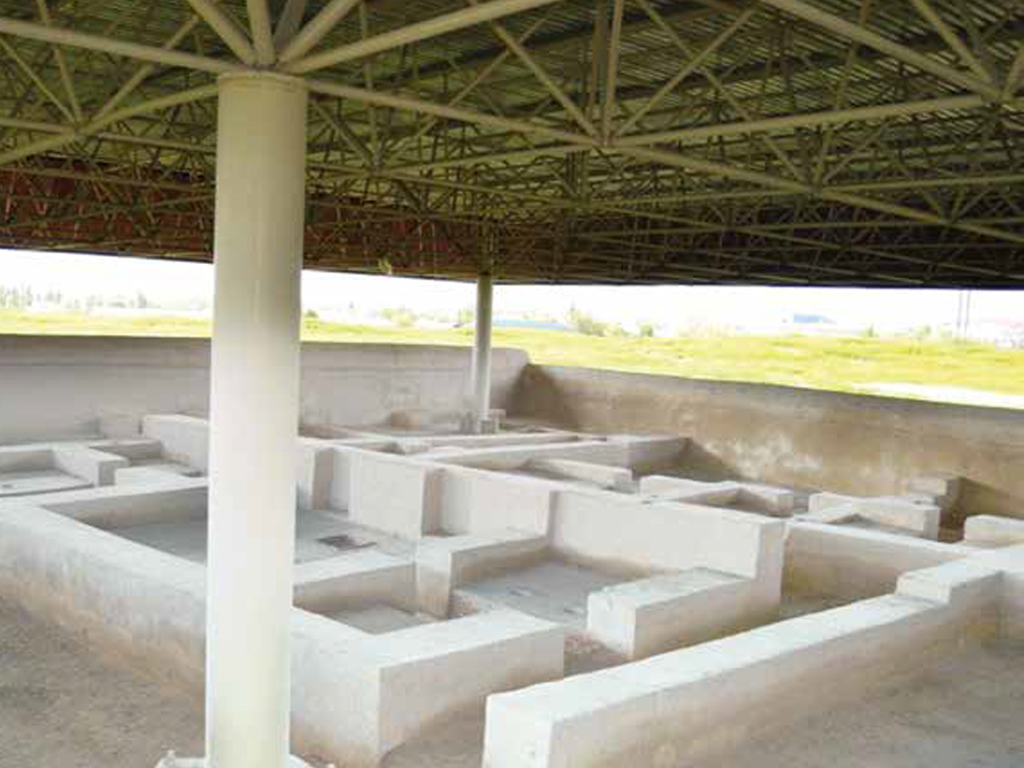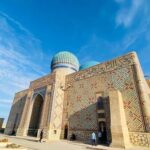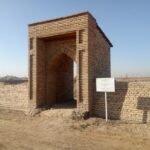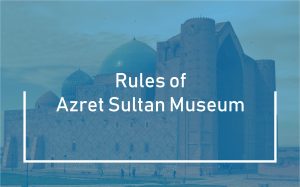Abulmambet khan is a historical figure, who ruled in 30–60s of XVIII century and had certain impact on internal and external policy of Kazakh society, and represented ruling dynasty of Kazakh state for several centuries. Abulmambet khan was grandson of Tauke khan, the last ruler of united Kazakh state. After his death, Sameke khan was chosen to be Middle zhuz khan. He helped Abylai to reach authority. Abulmambet khan’s years of life lasted from the end of 1690 till 1771. Written information about Abulmambet khan contained in materials, describe KazakhRussian and Kazakh-Chinese relations in 30–60s of XVIII century. Currently, many of those materials could be found in special scientific collection about Kazakh-Russian relationships in XVI–XVIII centuries (Kazakh-Russian relationships in XVI–XVIII centuries (Collection of documents and materials), 1998.). That information also included into collection of documents and materials about life and activity of famous figures. (Kazakh khan – Abylai: historical period, time and activities, 2011: v. 1. General provisions, 640). Many information found from oral history evidences such as shezhire about khans. Written information about Abulmambet khan evidenced from documents of early 1730 in Russian language. First time Abulmambet mentioned as “khan” was the document of Russian board dated October 30, 1730 concerning foreign relations (Kazakh-Russian relationships in XVI–XVIII centuries, 1961: 35–36). In 1737, Sameke, khan of Midle zhuz died and in 1738, while as per other sources in 1739, Abulmambet sultan was elected as Middle zhuz khan. Previously he migrated along Tobol and Ishim rivers and after election settled in Turkestan. Being khan of Middle zhuz, Abulmambet expands the range of his political actions. He actively begins managing Kazakh-Russian, Kazakh-Bashkir, Kazakh-Kalmyk and Kazakj-Dzungarian relations. In the spring of 1762, Abulmambet and Abylai sultan together with other elders of Middle zhuz had meeting at Karakesek ulus of Kazybek bey, and, bringing together Abulmambet khan with Esim sultan decided following: “Abulmambet khan with Esim khan will be joint rulers of Turkestan and adjacent cities; for such purposes, Turkestan and adjacent cities should be divided to two. May one part of the city, from the gates with adjacent towns will be controlled by Abulmambet khan; second part of the city, from gates with adjacent towns will be controlled by Esim sultan”. According to this decision, in autumn of 1762, Abulmambet returned to Turkestan and started ruling the adjacent possessions” (Kazakh khan – Abylai: era, time and activities, 2011: 184). It is often mentioned in historical documents that two khans ruled Turkestan. As we can see, such type of ruling existed from middle of XVIII till the end of XVIII century. According to the opinion of archeologist M. Tuyakbaeva: “The very first information we can find on M.G. Messershmidt map, drawn at the end of XVII century. It is Turkestan city map drawn by Poland artist, based on oral evidences. The stamp of Tauke khan in the lower corner of the picture. And most probably, it was one of Tauke khan ambassadors who put it, to provide some indication on khanate capital. 1 hectare of land surrounded by fence and borders with streets from three sides, located in western part of the map. This area is signed as “Khan’s place”. Comparing this map with project of 1875 and map of 1954, with the help of projects and schemes of followings years, exact place of “Khanate Horde” was defined. In 2008, there were archeological diggings performed on the territory of “Khanate Orda”, six constructions were opened. It was proved that the highest construction conforms to the end of XIX and first half of XX century, while the lowest, sixth, conforms to the end of ХVІІ and first half of ХVІІІ century, which is the times when Abulmambet khan ruled (Tuyakbaev, 1999: 2–11). Abulmambet was the first and last khan ever in the history of Kazakh khanate, who transferred authority to proper person with his consent. A poem “Abylai khan”: I am sixty now, Neither courage and strength I have, The reign is coming to its over. You are here and I can breath out, I pass my powers while alive. May this be heritage for you. Reading abovementioned lines, you can better understand events of that time (Abylaikhan, 1993: 416, 218). The last lines in poem: “pass my powers while alive, May this be heritage for you “intersect with Abylhair khan’s letter, written in 1767. The last time Abulmambet’s name mentioned in Russian sources was December 1768. This is evidenced by information of K. Yusupov and U. Aslaev, who returned to Orenburg on Novembre 27, 1768 from their trip to Middle zhuz (ГАОрО). Those were the last data in archives. According to Chinese sources from 1768, Abulfeiz was named as “the elder of Kazakhs” (Suleymenov, 1988: 247). In a letter from Abulfeiz to China dated September 1772, he mentioned that “we have imported everything required from Tashken during Abulmambet khan, while after Kyrgyz’s closed the border, there was no communication in and out for two-three years” (Chinese information about history of Kazakhstan, 2006: 284). Abulmambet khan had sons Bolat, Abilfeiz, Tauke and Abultek (Boltirik). The eldest son, Bolat, ruled altay race of kuandyk’s kin of argyn tribe, his second son Abulfeiz sultan was one of the reputable sultans in Middle zhuz and ruled karakerey race and part of nayman race. Tauke sultan ruled part of such tribes as sirgeli and saryuisun of Senior zhuz (Russian State Archive of Ancient Documents). Currently, Abulmambet khan’s sons descendants refer to khan descendants by origin and live in different regions of Kazakhstan.
ABULMAMBET KHAN BOLAT ULY










